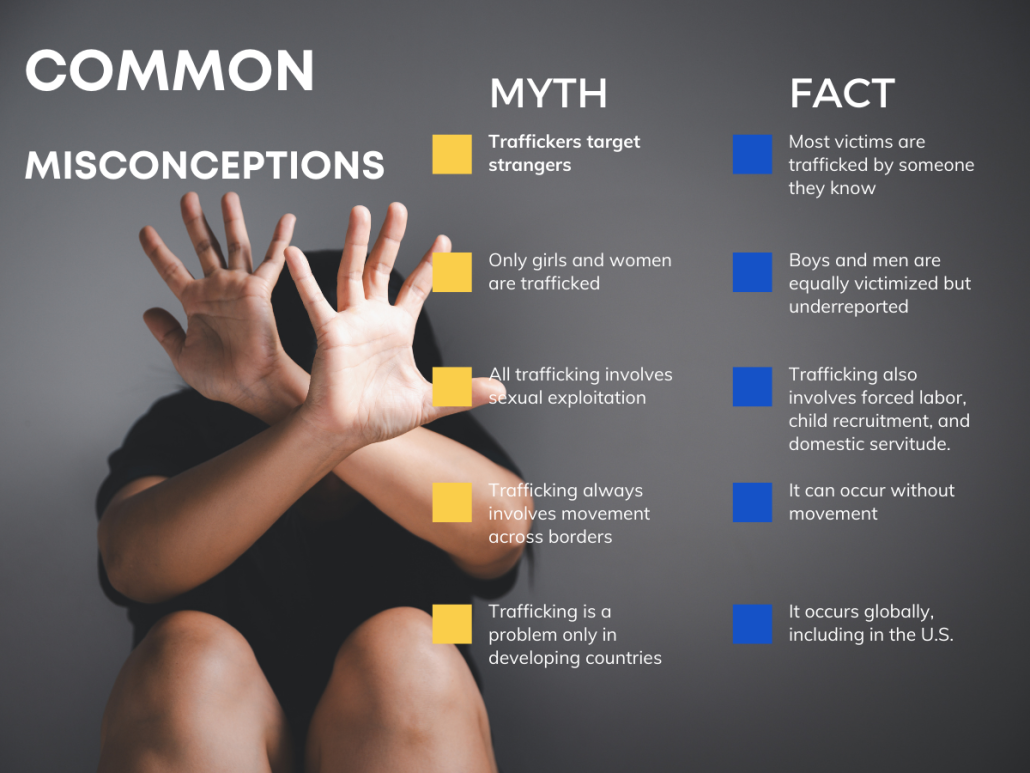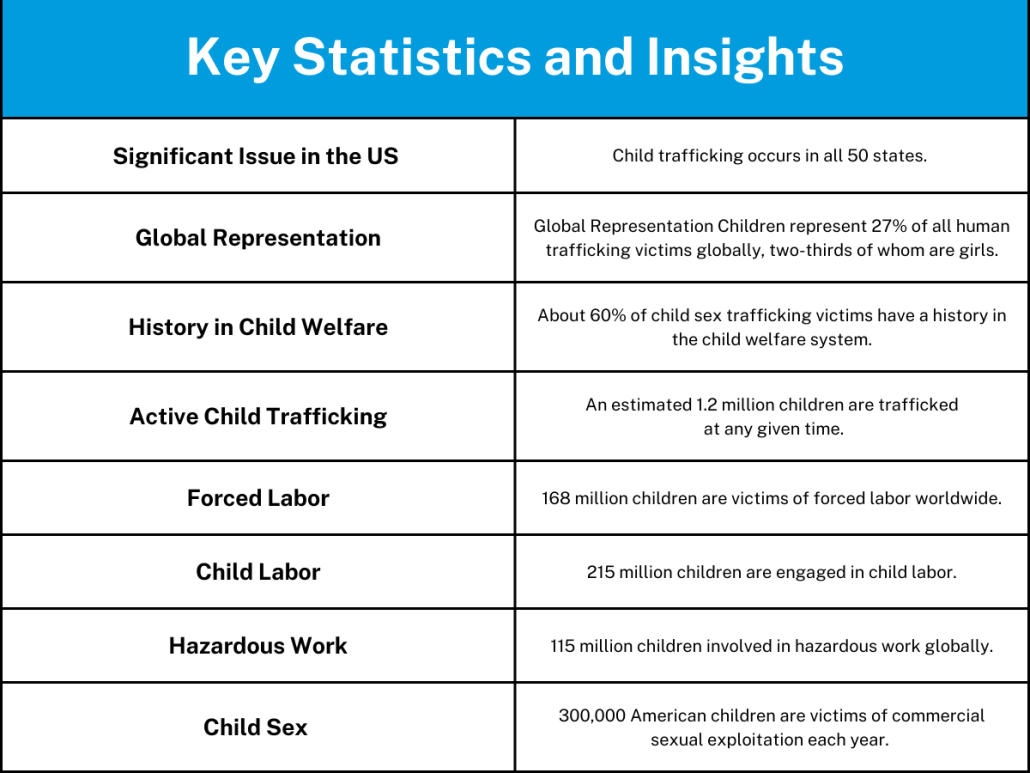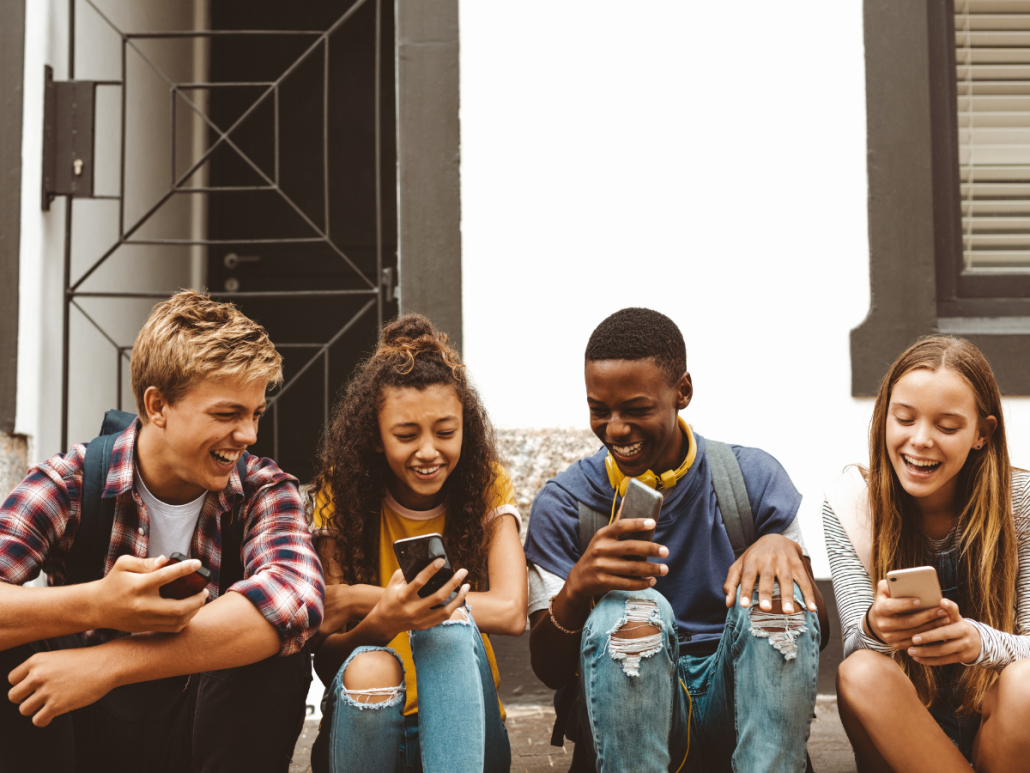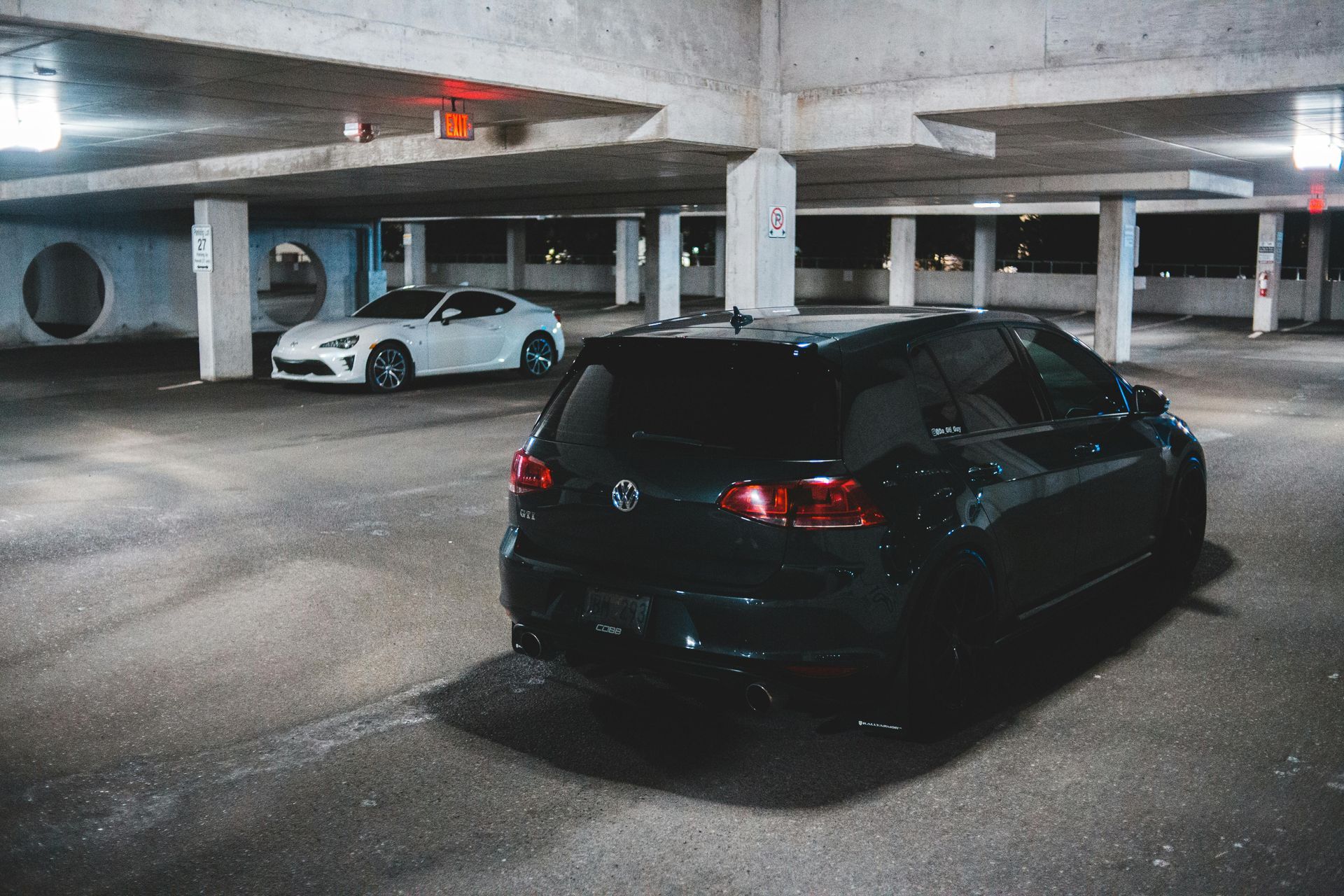Child Trafficking? Understanding Its Impact And Prevention🦋
Child trafficking is a serious problem.
It means using children for forced labor , sexual acts , and other harmful purposes. This happens in every state across the U.S., including Michigan.
Many people think only girls get trafficked or that it always involves crossing borders… but boys are victims too, and sometimes kids never leave their hometowns.
National Center for Missing and Exploited Children works hard to fight child trafficking. They have the Child Sex Trafficking Recovery Services Team (RST) which provides specialized technical assistance and resources to child welfare workers who are working with missing children who are also victims of child sex trafficking.
Trafficked children suffer greatly from physical harm , emotional abuse , and long-term health issues like depression or PTSD. Vulnerable groups such as homeless youth and those with disabilities face higher risks.
Hope Against Trafficking offers help through residential care programs and education on prevention in Michigan. There’s so much more to understand about its impact… Keep reading to find out how you can make a difference!
Key Takeaways
- Child trafficking involves taking or using children for illegal activities like forced labor, sexual exploitation, and domestic servitude . It often includes people the child knows.
- Nearly one-third of global trafficking victims are children. Specific groups like homeless youth face higher risks.
- Trafficking differs from smuggling; it involves ongoing exploitation through force or coercion without needing to cross borders.
- Trafficked children suffer severe physical abuse, psychological trauma, and social isolation which can lead to long-term health issues and difficulties in forming relationships.
- Preventing child trafficking requires recognizing warning signs such as sudden behavior changes or unexplained absences from school and supporting organizations that offer education and safe spaces like Hope Against Trafficking.
What is Child Trafficking?
Child trafficking is when someone takes or uses children for illegal activities. It can involve forced labor, sexual exploitation, and other forms of abuse both off and online.
Definition and forms of child trafficking
Child trafficking involves recruiting, transporting, transferring, harboring, or receiving children for exploitation . This can include forcing them to work in sweatshops, construction sites, and domestic servitude . Child labor and child sex trafficking is occurring in our own backyards, in every community in Michigan.
Other victims may beg on streets or serve as child soldiers in conflict zones.
Victims could also be used in restaurants and hotels or exploited sexually in brothels and strip clubs. Many people believe that only strangers traffic children; however, it’s often someone the child knows.
According to The National Center for Missing and Exploited Children –and countless studies show– child sex trafficking can lead to severe immediate and enduring effects, ranging from significant health issues to profound psychological and physical trauma, and in tragic cases, death.
Child trafficking causes lifelong problems, but we can stop it in its tracks using profound tools such as prevention education to empower children and adults. Understanding what is myth vs. fact is a great place to begin our education about the human trafficking of children.
Myths vs. facts
To understand child trafficking better, it’s crucial to separate myths from facts. Here’s a breakdown to clarify common misconceptions:

Separating myths from facts helps you understand the real issues of child trafficking. This knowledge equips you to make informed decisions and support organizations like Hope Against Trafficking in their efforts to combat this grave issue.
Prevalence and statistics
Child trafficking is alarmingly common across the globe, including in the United States. To truly understand the breadth and impact of this issue, let’s look at some critical data:

Differences between trafficking and smuggling
First, let’s address a common confusion people have about trafficking and smuggling. Smuggling involves consent; individuals agree to be transported across borders. Trafficking, on the other hand, usually involves force or deceit.
Victims are coerced into situations of exploitation.
Another key difference is that smuggling ends once the person reaches their destination. Trafficking continues with abuse and control even after arrival. Unlike smuggling which always crosses international borders, trafficking can happen within a single country …even right here in Michigan!
Knowing these differences helps us better understand and fight against these crimes effectively.
Impact of Child Trafficking
Children suffer physical harm, psychological trauma, and social isolation due to trafficking—learn how you can help them.
Physical, sexual, and emotional abuse
Trafficked children suffer from severe forms of abuse. Their traffickers subject them to physical torture , inflicting injuries and leaving them malnourished. They endure slave-like conditions, causing chronic health problems .
Predators exploit these vulnerable kids sexually, leading to long-lasting reproductive health issues and difficulty forming healthy relationships.
Emotional abuse is rampant too—victims are isolated and manipulated, losing trust in others. The constant fear and trauma can lead to depression, anxiety, PTSD, and substance use issues.
Children from diverse communities often face additional cultural or linguistic barriers that make it even harder for them to escape or seek help…
Recognizing red flags can save a child’s life.
Trauma and long-term effects
Trauma leaves deep scars on children. Many suffer from depression, anxiety, and PTSD long after their ordeal ends. These mental health issues can lead to substance abuse as they try to cope with their pain.
Physical injuries and malnourishment are common. Chronic conditions may develop due to neglect and abuse. Lonely and isolated, these children often struggle with trust… forming healthy relationships becomes difficult.
Their school life suffers too—attendance drops, causing academic problems . And legal troubles can haunt them for years, making it hard to find jobs or live independently.
Prevention of child trafficking is critical…
Effects on children from diverse communities
Children from diverse communities face unique challenges due to child trafficking. For immigrant, undocumented, and refugee children , the risks are especially high. They often lack protection and may not have anyone to turn to for help.
LGBTQ+ youth also face greater danger because of trauma, abuse, harassment, and family rejection—these factors make them more vulnerable.
Youth of color are disproportionately identified as trafficking victims. Homeless youth encounter multiple risk factors including survival sex just to get by. The data shows that these groups need extra support and protection against online safety threats like grooming .
At Hope Against Trafficking, we offer residential care and prevention education customized to these needs—helping keep all children safe from harm.
Common vulnerabilities and risk factors
Child trafficking affects children from all backgrounds, but some are at higher risk. Knowing these vulnerabilities can help you understand how to protect them.
- Economic Factors and Poverty : Many families in poverty see no other choice but to sell their children. Traffickers exploit this desperation for their own gain.
- Homeless Youth : Homeless youth often engage in survival sex for basic needs. This makes them easy targets for traffickers.
- Youth of Color : Trafficking disproportionately affects youth of color. Systemic inequalities make them more vulnerable.
- Refugees and Migrants : Refugee and migrant children face extreme risks. They lack safety nets and are often isolated from support systems.
- Child Welfare Systems : Kids in child welfare or juvenile justice systems encounter high rates of trafficking. They might lack stable homes, making them prime targets.
- Intellectual and Developmental Disabilities (IDD) : Children with IDD are more likely to be trafficked because they may struggle to communicate abuse or understand coercion.
Each of these factors adds a layer of risk that traffickers exploit. It’s crucial to be aware of these issues to help protect vulnerable children.
Watch for unusual behavior in children, like avoiding school or showing signs of abuse. Spread awareness about child trafficking and support organizations like Hope Against Trafficking, located in Pontiac, Michigan to help work to prevent it.
Recognizing red flags and warning signs
Children can sometimes be in danger without us realizing it. You need to know the signs and act fast to help them.
- Sudden Changes in Behavior : Kids might become quiet or scared all of a sudden. This could mean they’re in trouble.
- Unexplained Absences from School : Missing school often can be a red flag. Trafficked kids are often kept away from normal activities.
- Signs of Physical Abuse : Bruises, cuts, or burns that don’t have a good explanation are serious warnings.
- Lack of Personal Documents : If children don’t have their own ID, which is held by someone else, it’s suspicious. Traffickers keep control this way.
- Older Boyfriends or Girlfriends : Being involved with much older adults can be a sign of exploitation.
- Withdrawing from Friends and Family : Kids pulling away from people they once were close to may indicate problems.
- Nighttime Activities : Young ones out late regularly signal something isn’t right—especially if they’re tired during the day.
- Expensive Items Without Explanation : New clothes, gadgets, or money without knowing where they came from is another warning sign.
- Fearful Behavior Around Certain People : If they seem scared or anxious around specific individuals, take note—this might be a trafficker or abuser.
- Inappropriate Clothing for Age or Weather : Dressing too maturely for their age or not dressed for the weather points to potential grooming by traffickers.
Knowing these signs can help protect children—and prevent child trafficking…
How to protect children from becoming victims
Children can become victims of trafficking due to many factors. We must take steps to protect them.
- Educate Children about Safety: Teach children about the dangers both online and offline. Explain safe internet practices, including not sharing personal details.
- Encourage Open Communication: Create an environment where children feel comfortable discussing their worries. Listen without judgment and provide support.
- Monitor Online Activity: Keep an eye on children’s online interactions. Use parental controls and regularly check social media profiles for suspicious contacts.
- Know the Warning Signs: Be aware of changes in behavior, unexplained absences from school, or sudden possession of expensive items. These may indicate a child is at risk.
- Advocate for Stronger Laws: Fight for tougher laws against child trafficking in Michigan. Support policies that protect children from exploitation.
- Get Involved with Local Initiatives: Participate in community programs aimed at preventing child trafficking.
- Promote Legal Birth Registration: Ensure all children are legally registered at birth, which helps keep track of them and reduces their risks of becoming unnoticed victims.
- Raise Public Awareness: Engage in campaigns like “ The Blue Campaign ” to educate others about the prevalence and dangers of human trafficking.
- Provide Safe Space: Work with community centers to create safe areas where children can go if they feel threatened or unsafe.
- Support Trafficked Children: Contribute resources to residential care programs managed by Hope Against Trafficking that help rehabilitate rescued women, many of whom were trafficked as children.
By taking these steps, you can make a significant impact in preventing child trafficking and protecting our young ones from harm. If you or someone you know is being trafficked, call 911 or the National Human Trafficking Hotline at 1-888-373-7888.
Additional Resources
Domestic Violence : National Domestic Violence Hotline , 24 hour Hotline: 1-800-799-SAFE (7233)
Sexual Abuse : Rape, Abuse and Incest National Network (RAINN) , 24 hour Hotline: 1-800-656-4673
Suicide : National Suicide Prevention Lifeline , 24 hour Hotline: 988
Dating Violence : National Dating Abuse Helpline , 24 hour Hotline: 1-866-331-9474
Runaway and Homeless Youth : National Runaway Safeline , 24 hour Hotline: 1-800-RUNAWAY (786-2929)
Missing Children and Child Pornography : National Center for Missing and Exploited Children , 24 hour Hotline: 1-800-THE-LOST (843-5678)
Child trafficking is a heartbreaking issue. Children endure severe abuse and trauma , affecting their entire lives. It’s crucial to recognize the signs and act to protect these kids from harm.
By supporting Hope Against Trafficking, you can help change lives and keep children safe.
Recover. Rebuild. Restore
We Believe Love Transforms
FAQs
Child trafficking is the illegal act of taking children and forcing them to work or engage in other activities against their will.
It harms children’s physical and mental health, disrupts their education, and exposes them to violence.
Yes, by educating communities, enforcing strong laws, and providing support services for at-risk children.
Many think it only happens in poor countries or involves strangers—child traffickers can be anyone, even someone the family knows.
The post Child Trafficking? Understanding Its Impact And Prevention appeared first on Hope Against Trafficking.






